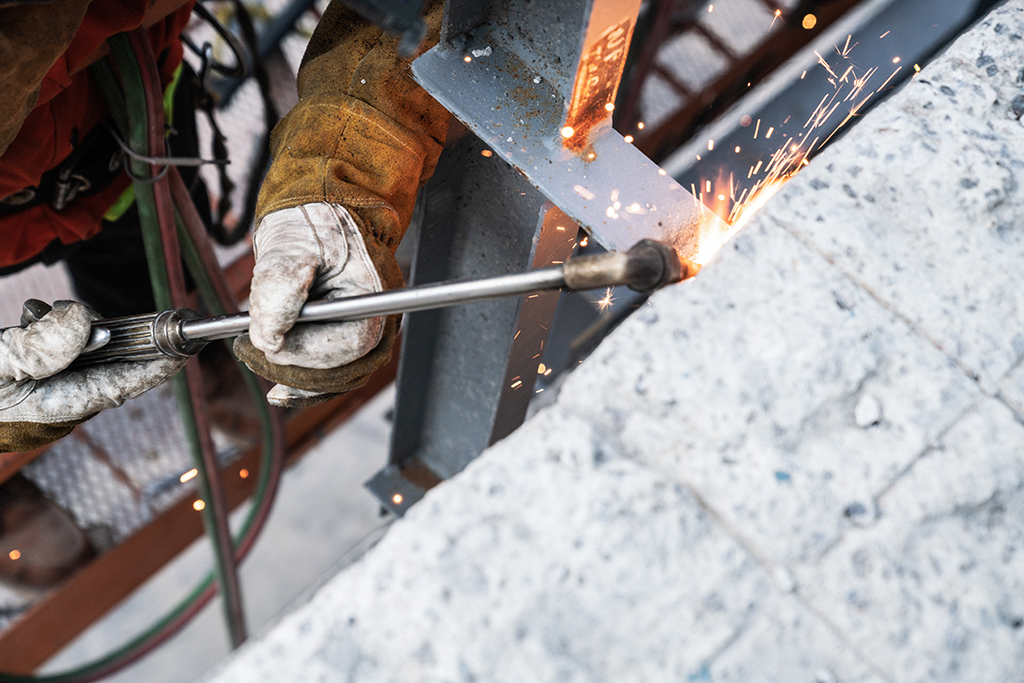
Think back to the last time you chose a new paint color for your home. Did you pick the color, pass it on to your painter, and wait until the work was done to check and see how it looked on the walls? Probably not. You most likely tested a few colors on the walls first and inspected them after they dried to make sure you were satisfied with your selection. If you waited to inspect the finished product, you’d be too late to make any changes or improvements. There’s a quote that comes to mind by W. Edwards Deming in his book, Out of the Crisis:
“Inspection does not improve the quality, nor guarantee quality. Inspection is too late. The quality, good or bad, is already in the product.”
That’s how all contractors should approach building. If they don’t, they’ll add unnecessary cost, time, and headaches to a project — and most likely still never deliver on quality. When you sign a contract with a builder, you are entitled to and should expect a certain level of quality in the finished building. To make sure you get the quality you expect, without unnecessary additional cost or time, here are four things to keep in mind:
Timing Matters
I want to clarify the quote above, and stress inspections are not a waste of time. Inspections are a vitally important process in our industry, but what’s more important is when the inspections happen. It might seem like a logical sequence to plan, build, and inspect, but if your project team waits to find defects and issues during the punch list phase of a project, they’re waiting too long and will be too late. Fixing defects and issues after the fact costs time, money, and, in my experience, a little of your sanity. A better process is to inspect early and often, throughout every phase and task of a project. If a team is inspecting after each phase of work is completed, they have an opportunity to catch any issues immediately before the next phase of construction, reducing the amount of work that has to be redone or materials wasted.
Quality on My Mind
In which phase should your contactor think about and plan for quality? That’s a trick question. Building quality into a project means planning with quality in mind. Sequencing with quality in mind. Then, engaging trade partners early and ensuring they’re on board and committed to building with quality constantly in mind. So, the answer is “every phase.” If a contractor is considering how to plan for quality during preconstruction, during the design phase, and during active construction, by the time the project is complete the quality will have been built in. Then, the punch list process will be a final walk-through for minor, expected touch-ups as opposed to large-scale, expensive problem-solving.
Processes Get Results
If your contractor needs to think about and plan for quality at every phase of a project, you need to be confident they are capable and have the experience to do that. I’d advise asking them about their quality processes. If a contractor is truly experienced in building with quality in mind, they should have processes in place that their teams rely on and follow. I’m not talking about a quality binder that sits on every job trailer’s shelf collecting dust. I’m talking about a quality program that employees follow every day, and the company is constantly adapting and improving. For example, our company has a clearly defined Quality Assurance Program that our employees can use to plan projects and set expectations with trade partners. A clear process takes the guesswork out of it and shows a company is invested in delivering the quality they promise their clients.
Leading the Way
It’s all well and good to have a general contractor with a great QAP, but you need to know they’re capable of motivating the entire project team and trade partners to follow their quality processes. After all, the people physically completing the majority of the work have a large amount of influence on the quality of the project. Our approach is to establish conditions of satisfaction with our trade partners early, before construction begins. We like to engage our trade partners and get them invested and on board with the level of quality our client, and we, expect on the project. For example, on our projects, we require certain trades to complete mockups before actual installation. This process gives us all the opportunity to inspect work in a controlled environment, before completing work on the actual building — giving our team plenty of time to make corrections or adjustments. When an entire project team is on the same page and building according to the same quality processes, that’s when they can deliver on expectations.
We know that many of our clients consider quality to be table stakes, or something that every contractor can and should deliver. I agree that should be the case, but it isn’t always. A contractor who doesn’t build quality into your project can cause your budget and schedule to overrun. For more guidance on how to vet a quality contractor, here’s five questions to ask during the interview process.

